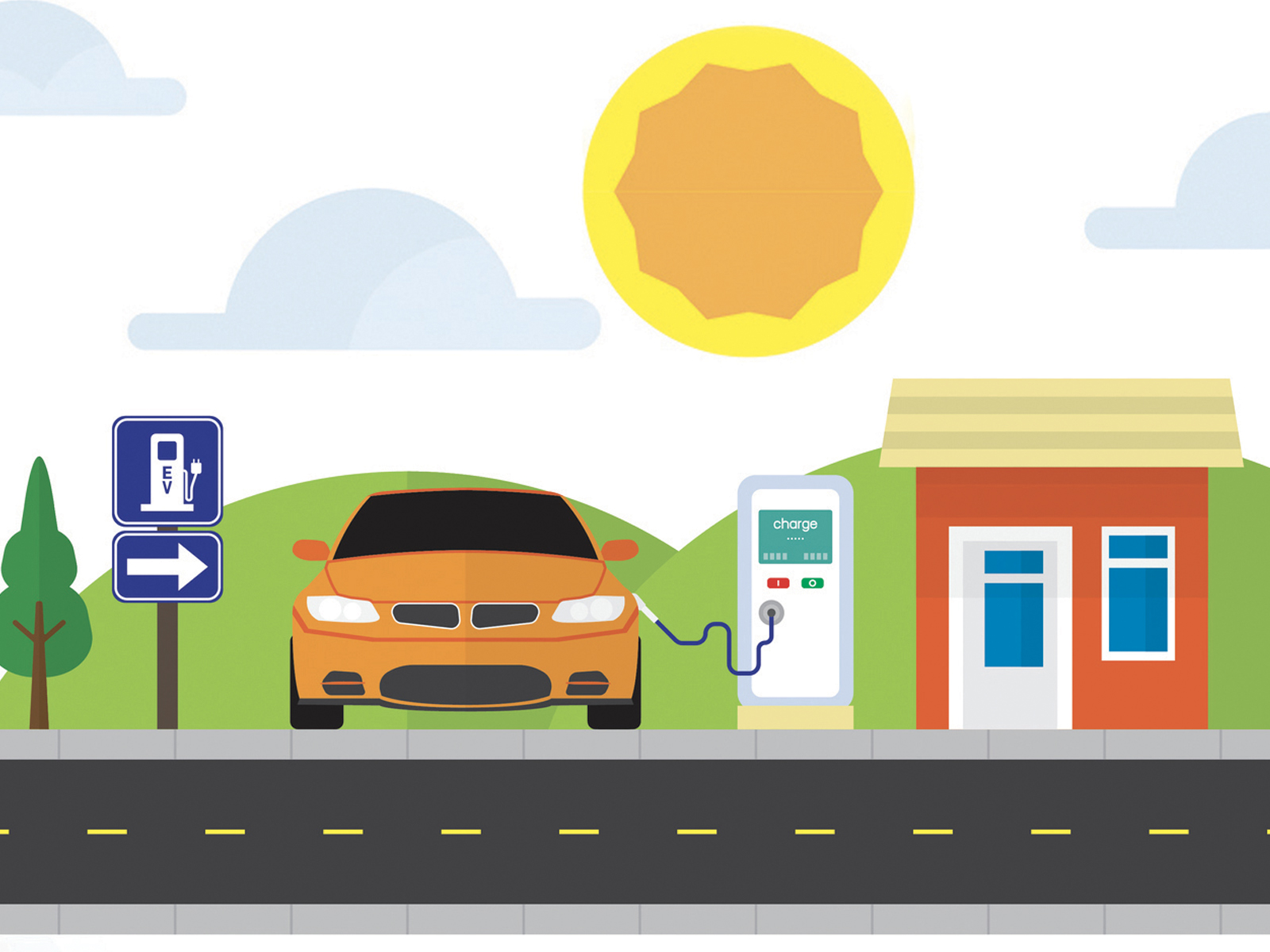Widespread deployment of connected and automated vehicles (CAV’s) may be a step towards meeting mobility needs, particularly those with a disability. However, for CAV’s to meet a broad range of needs requires accessibility to be taken into account during vehicle and infrastructure design and development as well as in the planning of services.
The key according to a recent “roadmap” report created by Canada’s CSA group who worked in conjunction with representatives from Transport Canada, Holland Bloorview Rehabilitation Hospital and a variety of other key stakeholders, is to standardize CAV accessibility.
The barriers and challenges people with disabilities would be expected to face during a hypothetical CAV ridesourcing trip were explored through consultations with stakeholders who had lived experience with disability, were experts in transportation accessibility, or both. First, the stakeholders were guided through the steps that a person without disabilities would take to complete a ride-sourcing trip. They were then asked to consider the barriers and challenges that people with disabilities might face at each step when travelling without a human attendant. If these barriers and challenges are addressed, this would represent the approximate goal state for accessible CAV ride-sourcing services. The existing accessibility standards were compared against this goal state to provide preliminary recommendations regarding near-term opportunities for advancing accessibility standards relevant to CAV ride-sourcing A high-level, preliminary assessment of gaps in standards was conducted to address accessibility for the following disability types: blindness, low vision, deafness/hearing impairment, deaf, blindness, cognitive impairment, upper body movement limitations, difficulty walking/lower body movement limitations, wheelchair use with ability to transfer; and wheelchair use without ability to transfer services.
While it is currently infeasible to meet the needs of all people with disabilities when travelling by CAV without a human assistant, many aspects of this travel mode could be made significantly more accessible to a wider range of users with disabilities. Developing standards that support such accessibility will increase the likelihood of adoption by CAV developers and service providers, thereby helping to realize the goal of removing barriers to inclusion in society by people with disabilities.
Kylie MacKenzie
Copies of the full report can be found at csagroup.org














